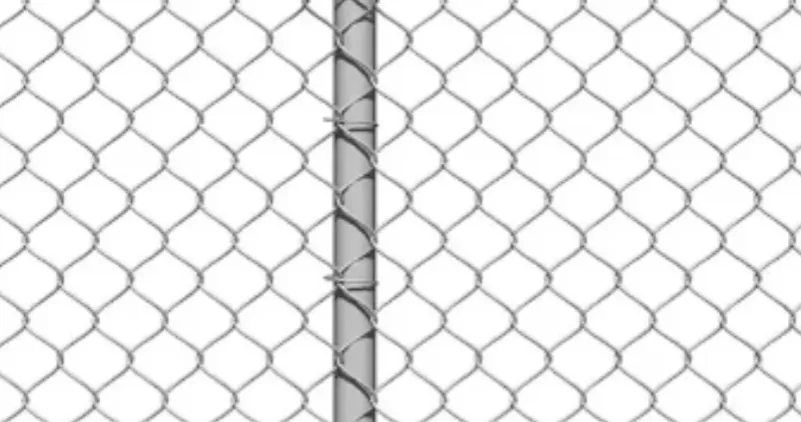-
 Phone:
Phone: -
 Email:
Email:

rock netting
The Emergence and Benefits of Rock Netting in Environmental Engineering
In recent years, rock netting has gained recognition as an innovative solution in the field of environmental engineering, especially in slope stabilization and erosion control. As the world grapples with the impacts of climate change, extreme weather events, and increased urban development, effective methods of managing soil erosion and ensuring stability in vulnerable areas have become paramount. Rock netting is a technique that addresses these challenges by enhancing the structural integrity of slopes while minimizing environmental degradation.
Understanding Rock Netting
Rock netting involves the use of a robust mesh or net made of metal or synthetic fibers to hold loose rocks and soil in place on slopes and embankments. This technique is often employed in areas prone to landslides, where the stability of soil is compromised due to heavy rainfall, seismic activity, or human activities. The netting acts as a physical barrier, preventing rocks from tumbling down and protecting infrastructure such as roads, railways, and buildings from potential damage.
Advantages of Rock Netting
1. Enhanced Erosion Control One of the primary benefits of rock netting is its effectiveness in controlling soil erosion. By securing loose materials, the netting reduces the velocity of water runoff, thereby minimizing soil loss. This is crucial in preventing the degradation of landscapes and preserving ecosystems that depend on stable soil structures.
2. Cost-Effectiveness When compared to traditional methods of slope stabilization, such as retaining walls and other heavy engineering solutions, rock netting can be more economical. It requires less material and labor, making it a more accessible option for regions with limited resources.
rock netting

3. Environmental Sustainability Rock netting is a more environmentally friendly approach to managing slopes and preventing erosion. Traditional methods often involve extensive excavation and alteration of significant portions of land, impacting local wildlife and habitats. In contrast, rock netting can be installed with minimal disruption to the natural environment, supporting biodiversity and maintaining ecological balance.
4. Versatility and Adaptability Rock netting can be used in various applications, from roadways and highways to mountainous terrains and riverbanks. Its adaptability allows engineers to design solutions tailored to specific conditions, ensuring that the netting can effectively respond to unique challenges posed by different environments.
5. Reduction of Landslide Risk By stabilizing loose materials on slopes, rock netting significantly reduces the risk of landslides. In areas where landslides have previously caused fatalities and damaged infrastructure, the installation of rock netting can save lives and protect property. This preventive approach is crucial in regions prone to geological instability.
The Installation Process
The installation of rock netting involves several steps. Initially, a thorough assessment of the slope stability and erosion risks is conducted. This evaluation informs the design and positioning of the netting. Following this, the area is prepared, often involving the removal of loose rocks and debris. The netting is then secured in place, anchoring it to the ground or existing structures. Finally, vegetation may be planted in combination with the netting to enhance the stabilization process, as plant roots contribute to binding the soil.
Conclusion
As global environmental challenges continue to escalate, innovative solutions like rock netting are essential in promoting sustainable engineering practices. The technique not only mitigates erosion and enhances slope stability but also aligns with broader ecological goals. By adopting such methods, communities can protect their environments, ensure public safety, and foster a more resilient infrastructure. The future of environmental engineering lies in finding balance—between development and preservation, innovation and sustainability—and rock netting is a perfect example of how technology can support this vision. With ongoing research and advancements, it is likely that rock netting will play an increasingly integral role in the strategies employed to manage our planet's vulnerable landscapes.
-
Wire Mesh for Every Need: A Practical SolutionNewsJul.25,2025
-
Steel Fences: Durable, Secure, and Stylish OptionsNewsJul.25,2025
-
Roll Top Fencing: A Smart Solution for Safety and SecurityNewsJul.25,2025
-
Cattle Farm Fencing Solutions for Maximum SecurityNewsJul.25,2025
-
Affordable Iron Binding Wire SolutionsNewsJul.25,2025
-
Affordable Galvanized Wire SolutionsNewsJul.25,2025
-
Wire Hanger Recycling IdeasNewsJul.25,2025








